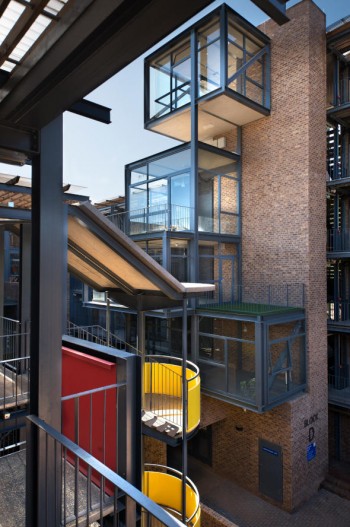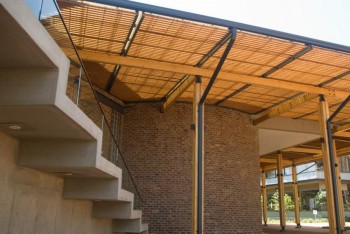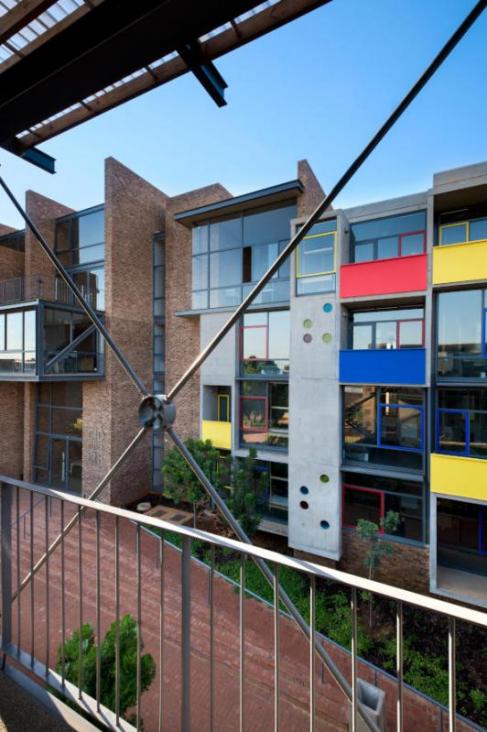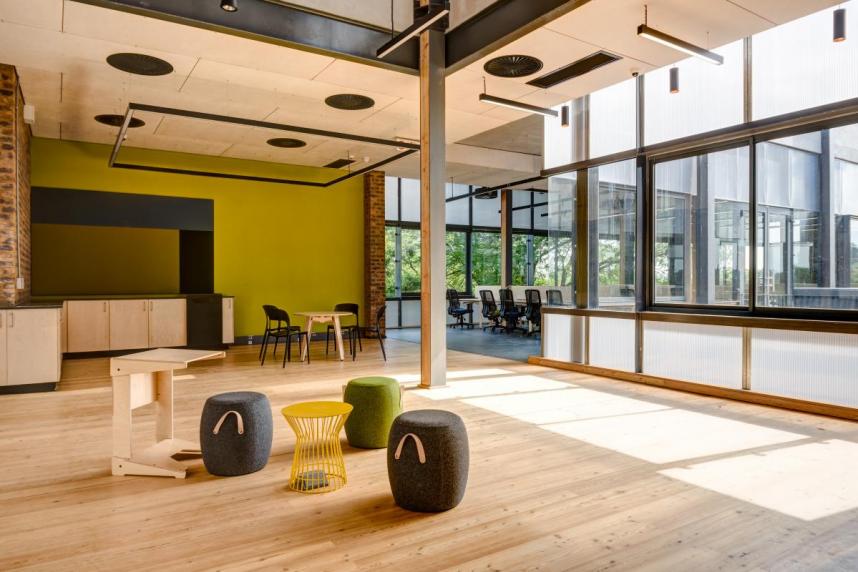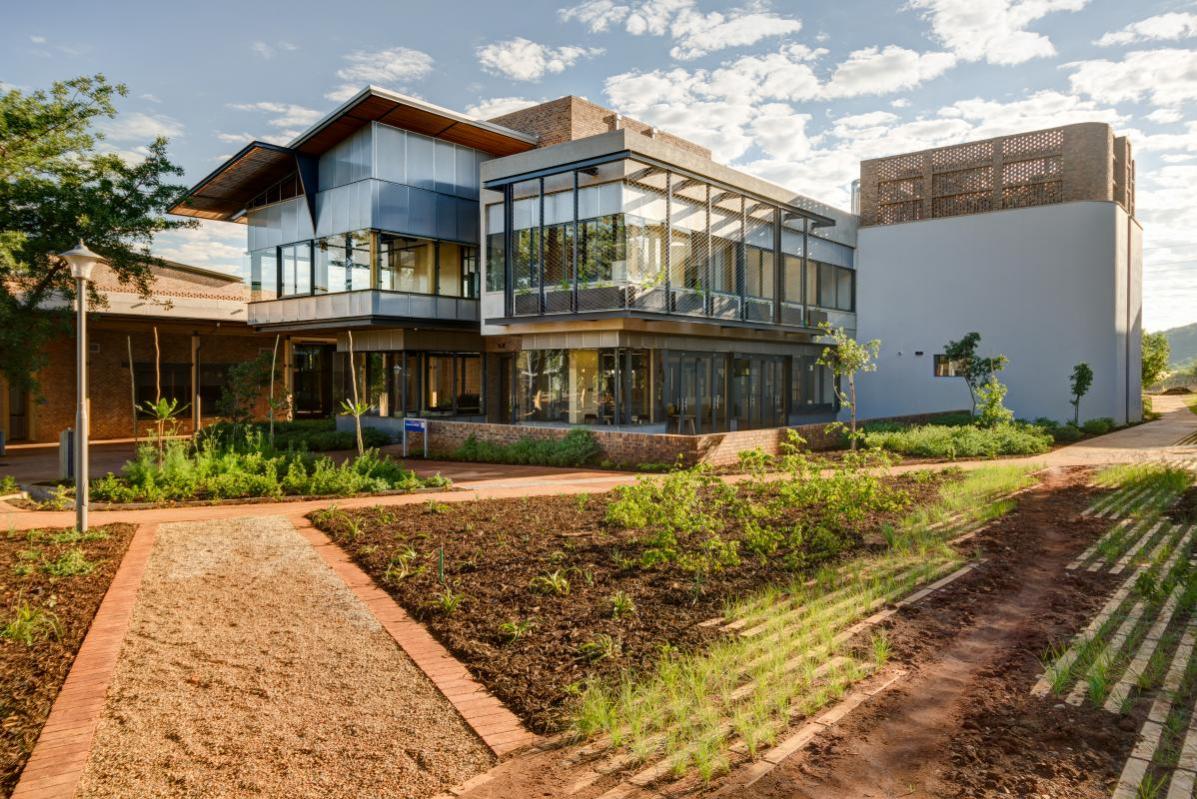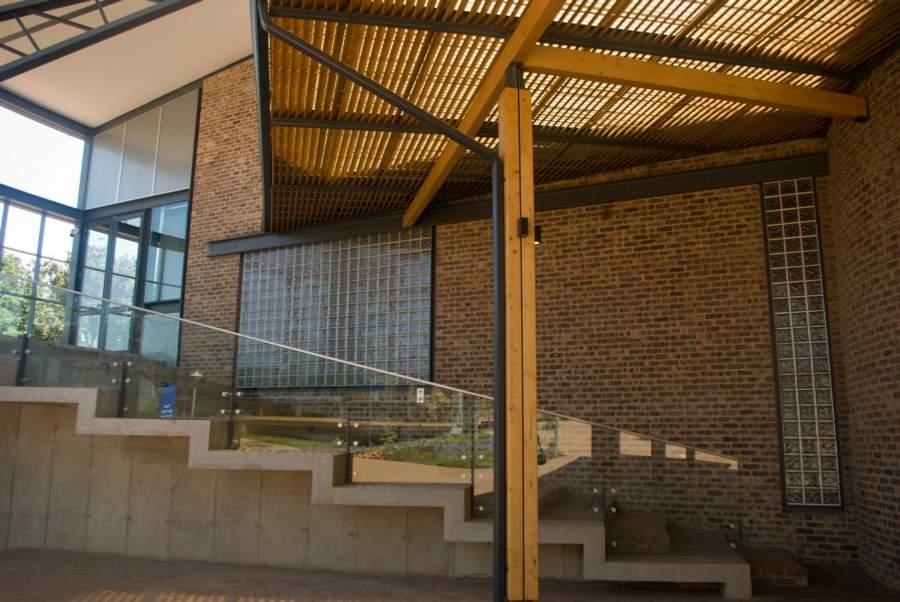Future Africa - a new hub of scientific innovation
In a tranquil setting in the heart of South Africa’s capital city of Pretoria, a new hub of scientific discovery and innovation for Africa is breaking ground and taking shape. Defined by a brick envelop exterior, the timber interior of The Research Commons establishes the more informal shared areas with natural materials and textures. Bricks were supplied by Nova Brick.
The University of Pretoria’s new Future Africa campus will be the place where Africa’s leading scientists and scholars from across the world and from a broad range of disciplines will come together to leverage the benefits of transdisciplinary research to address the grand challenges that face Africa and the world. Issues of critical relevance to Africa will be tackled: from sustainable development and good governance, citizen participation and human rights, to advancing innovation for the bioresource economy.
UP deputy vice-chancellor for research, professor Stephanie Burton, explained: "This multimillion-rand green facility is a community, a hub, a home for scholars, and a physical meeting place.The brief required for a number of programs to be accommodated on the campus, including a dining hall, a conference centre, research commons, & 300 living units, with varying scales, ranging from single bedrooms, to family units.
Clay brick is the ideal construction material for the family and student accommodation due to its thermal comfort and energy efficiency. This will allow the building envelope to moderate hot summer days and cold Highveld nights without the need for expensive heating or air-conditioning. The calming, natural tones and textures of clay brick and timber are balanced by panels of vibrant red, yellow and blue.
"In a world where ideas and technologies evolve rapidly and the challenges we face are multifaceted and transnational, Africa needs a new generation of original thinkers with international perspectives, yet with a scholarly vision and voice that is rooted in Africa. The new campus provides the physical and intellectual environment to interact and take science forward across disciplines, cultures and generations."
The Research Commons focuses specifically on interconnectedness of space & knowledge, flowing between informal discussion pits, meeting rooms, & study tables.
According to UP, Future Africa will bring together global researchers, networks of scientists and partners from many disciplines and sectors of the broader community to work on transformative research projects that will seek to resolve some of Africa's biggest socio-economic problems, contributing to Africa's sustainable development.
A further requirement was to keep further expansions in mind from the beginning.
The project required a holistic approach to the subsequent urban design & architecture of the campus, with a specific focus on how architecture can play a role in fostering critical thinking & research.
Located on the northern ridge of Strubenskop in Pretoria, the campus would anchor the Southern edge of the University’s experimental farm, Proefplaas. The ridge offers panoramic views over the campus sprawling in front of it, allowing for a variety of interactions with Pretoria’s natural Highveld landscape.

